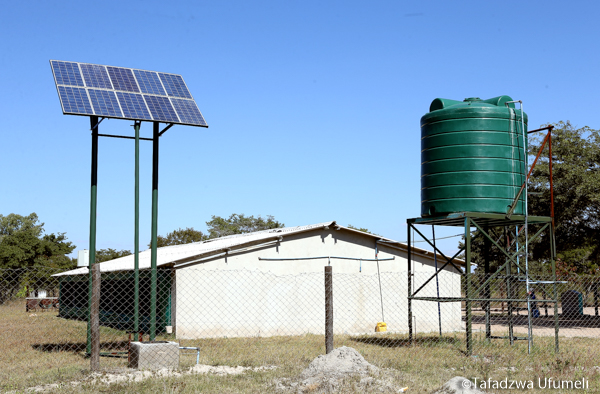Agric firms increase investment in renewable energy
Listed agriculture companies have of late increased investment in renewable energy to offset the adverse impacts of erratic power supplies and also the projected El Nino weather phenomenon.
By harnessing the power of the sun for solar energy, businesses are tapping into a sustainable and renewable energy source, reducing reliance on conventional power systems, especially hydro that is also prone to effects of the El Nino weather phenomenon.
The agriculture sector remains a key driver of national gross domestic product (GDP). Despite the critical role it plays to the economy, not only in Zimbabwe but across the region, the sector, however, remains heavily exposed to climatic conditions due to high dependence on rain-fed farming.
The World Meteorological Organisation has projected El Nino conditions for the 2023/2024, which could point to production downside for drought-prone countries in Sub-Saharan Africa like Zimbabwe, impacting yields.
Adding to the weather related woes are erratic utilities supplies and costs of key inputs such as fertilizer, although they have eased significantly in line with global developments, it still remains elevated above long-term averages.
To offset these challenges, investments into alternative energy sources and irrigation facilities have been identified as key for agriculture firms. Alternative renewable energy sources reduce over-reliance on hydro-power, whose supplies are already unreliable for businesses, weighing on their productivity.
Companies like diversified crocodile breeder, Padenga, Ariston, and Tanganda have made efforts towards establishing alternative sources of energy like solar to power their operations.
At Ariston, group chairman, Dr Alexander Jongwe, said during the year to September 30, 2023, Ariston made the biggest investment into a solar plant located at Southdown Estate, Chipinge.
“The plant is integrated into Zimbabwe Electricity, Transmission, and Distribution Company (ZETDC) and is on net metering. The plant came with a 1,2 megawatt storage facility as the tea factories operate throughout the day and night,” he said.
This transition to solar energy is anticipated to enhance operational efficiency, optimise resource allocation, and potentially lower production costs.
Tanganda has also made investments into solar plants at its estates. While the plants were developed during the financial year 2022, the group indicated it expected to enjoy the benefits of the investment in later years after full reticulation and net metering.
For Padenga, installation of phase three solar array at its Northern farms brings the solar plant operating capacity to a total of 1,2MW has been concluded and commissioning works are at an advanced stage, according to company secretary Andrew Lorimer in an update for the third quarter to September 30, 2023.
However, it’s not only agriculture firms that have been busy to supplement energy sources to power their operations at a time the country has been experiencing power shortages, impacting on productivity.
Mining firms have also taken the initiatives to reduce over reliance on energy from the national grid. Victoria Falls Stock Exchange (VFEX) listed resources group Caledonia Mining Corporation Plc, constructed a 12,2MW solar plant at its Gwanda based gold producer Blanket Mine.
The mining group has indicated the investment is now paying dividends as it is reducing electricity consumed from the national grid and has seen a decrease on month on month diesel usage achieving efficiency throughout the mining and processing.
Caledonia said Blanket receives its power from the country’s national electricity supplier, Zimbabwe Electricity Supply Authority (Zesa).
However, during outages or low voltages, the power supply at Blanket had to be supplemented by standby diesel generators to enable uninterrupted mining and capital operations.-ebusinessweekly









